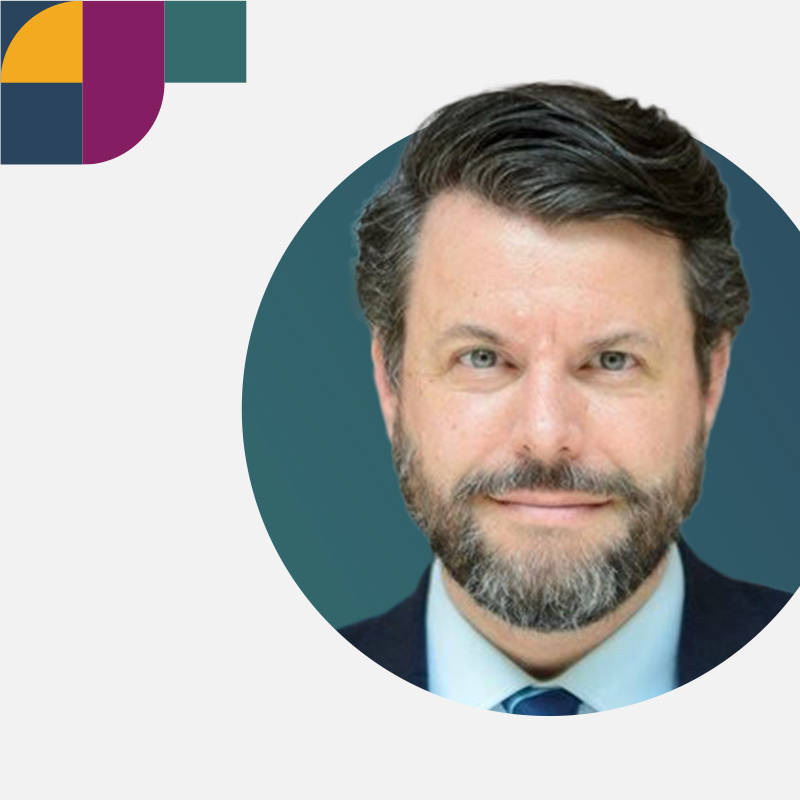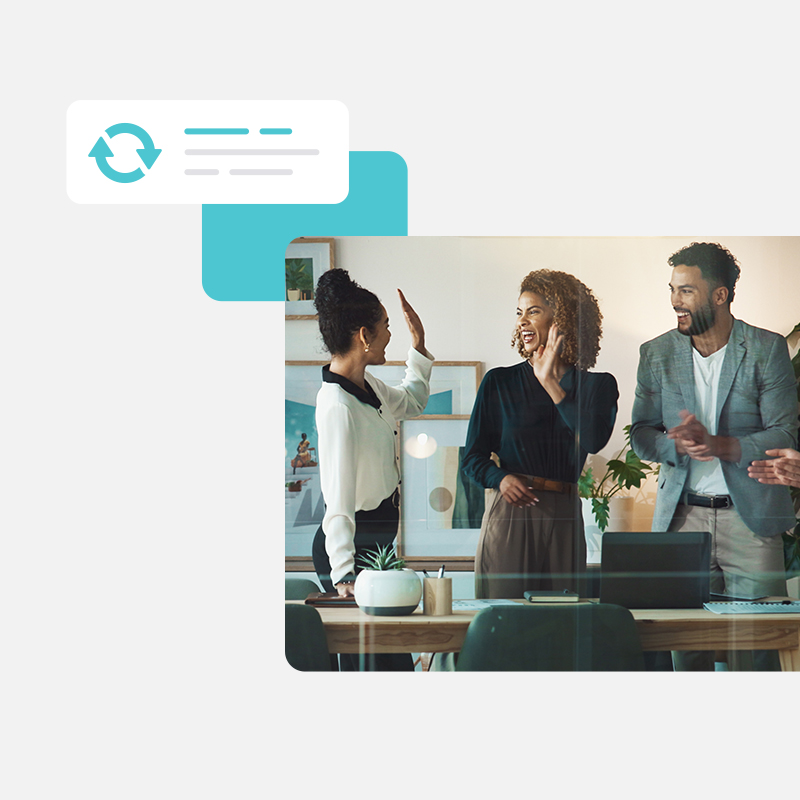Culture is one of the most powerful tools for delivering strategic business outcomes. By aligning culture and strategy, you establish opportunities for positive growth for employees — and for your business. A clearly defined, intentional company culture drives your strategy forward.
But first you have to define what culture means to your organization.
“Culture is not something we have, it’s something we do,” said Melissa Daimler, chief learning officer at Udemy, at Betterworks’s EmpowerHR summit. “It’s how work happens between people.” Once you understand how culture is expressed in your company, you can learn to harness it to support your business strategy.
Upskilling programs offer opportunities to pull culture and strategy together by increasing employee engagement, helping employees find the right career path, and identifying high-potential employees and future leaders.
Here’s how you can unite culture and strategy through a robust upskilling program by finding employees’ growth potential and purpose.
Tap Into Intentionality
Shifting to remote work requires levels of specificity in how we design and communicate workplace culture, which is a specificity that wasn’t common before the pandemic. “It’s just really important to be much more explicit about things that perhaps we could get away with being more implicit [about] when we were all in person,” Daimler said.
You may not have needed to explicitly communicate learning expectations, for example, when employees saw each other participating in upskilling programs. But now that employees may not see their peers learning on a daily basis, those expectations have to be communicated through goal-setting and manager feedback.
Be more intentional about how you design culture, Daimler said, especially in terms of values and defining important behaviors. What processes and practices can support what you’ve defined as most important?
Think about upskilling in the context of organizational culture. For example, what does it look like when we’re always learning? How do we embed learning experiences into all of our people processes? The work itself, Daimler said, is the best learning lab for employees. If you want to reinforce a high-performance culture of learning, find explicit points during the workday to serve as learning and growth opportunities.
But don’t make all of these decisions on your own: Ask the workforce for ideas on aligning culture and strategy through daily work and learning. “It’s just really important that we’re all in that conversation,” Daimler said. “Everybody owns culture.”
Design Upskilling Programs for Virtual Delivery
When it comes to designing learning for new workplace norms, microlearning and e-learning models are at the forefront. But we can’t simply transfer in-person courses into an online format with no thought to designing for virtual experiences.
Business adapted to virtual delivery for meetings and conferences, and that affected how that content has been received. “The way people are using different platforms like Zoom and Google, with all the breakout rooms and opportunities to have more participation, makes a huge difference,” Daimler said. We need to do the same for virtual learning design, creating training programs that operate within the context of how we work today.
Having employees go through coursework asynchronously on their own, for example, and then meeting as a team to talk through t he learning outcomes makes good use of the virtual format without losing human connection. This format worked effectively for the Udemy team, Daimler said.
Solve Several Challenges at Once
The modern business faces several talent challenges. “There’s a gap with what kind of skills we know we need as a growing company and what we have,” Daimler said. “[We’re also] trying to figure out ways to identify internal talent.”
And as technology continues to develop, we’ll encounter more challenges in the future. “There’s jobs that are being created today that we didn’t even think about two years ago,” Daimler said. “How do we identify what those skills are that we need and map those to what we have today?”
We can design long-term multi-purpose solutions to tackle several of these current and upcoming problems at once.
Aligning culture and strategy through a comprehensive upskilling program can mitigate these concerns. Upskilling fills gaps in workforce capabilities and builds a robust talent marketplace. By tracking employee progress through explicit objectives and key results (OKRs), organizations can measure the skills present in the organization.
The information generated by these processes can trigger a better understanding of gaps in developing roles, especially leadership roles. All of this information helps with aligning culture and strategy, as well as developing better leadership skills training and succession planning programs, so you can embrace the future with confidence.


